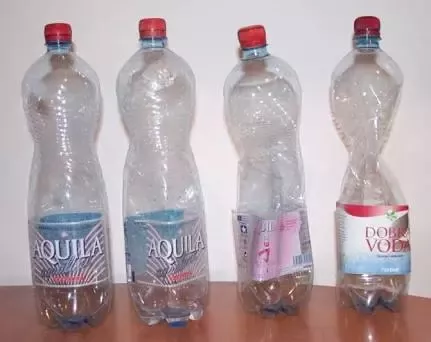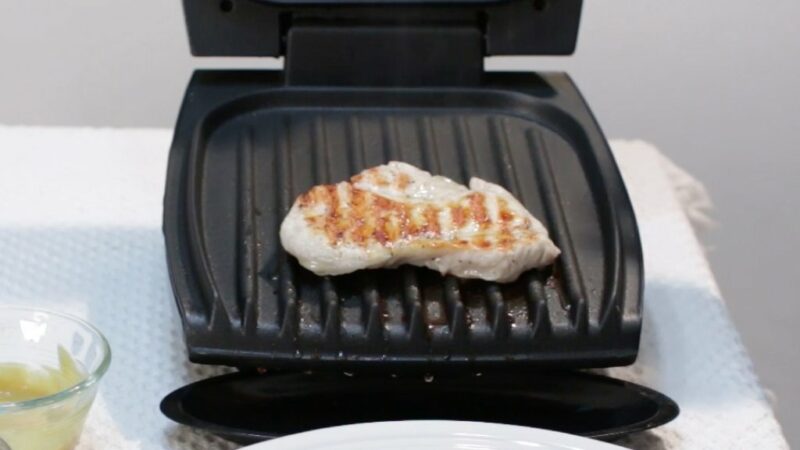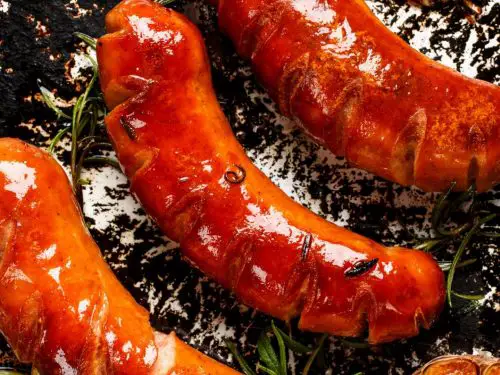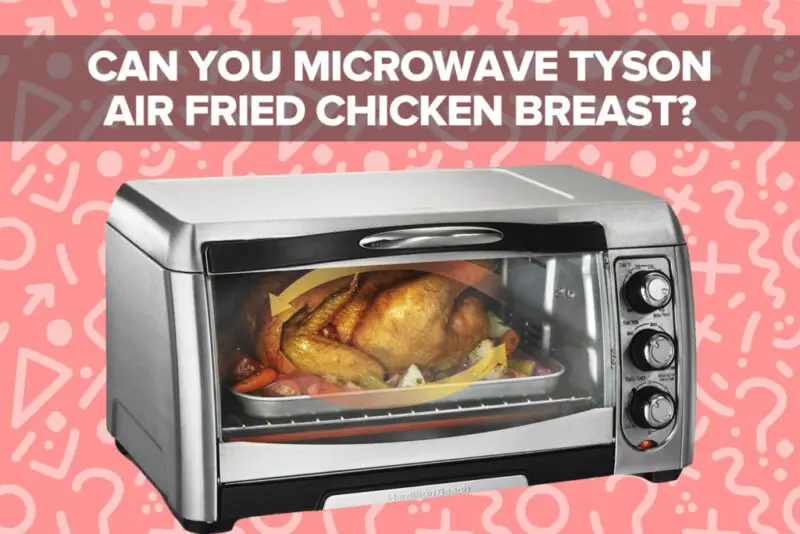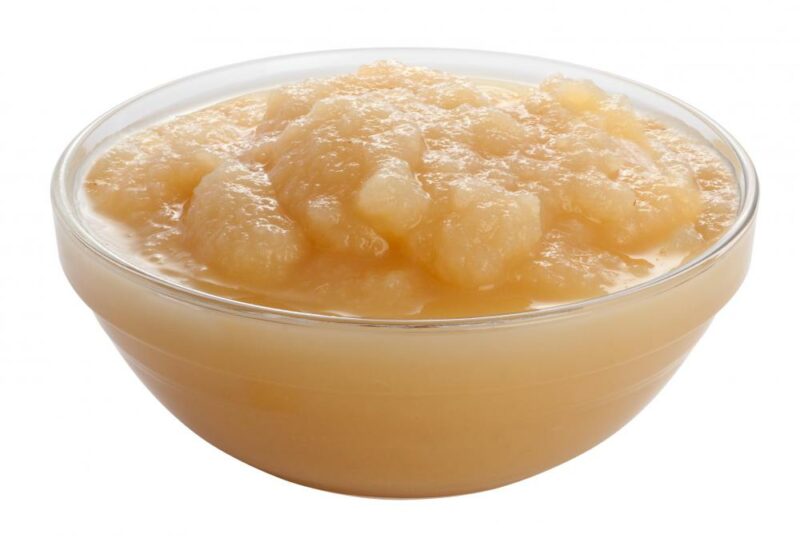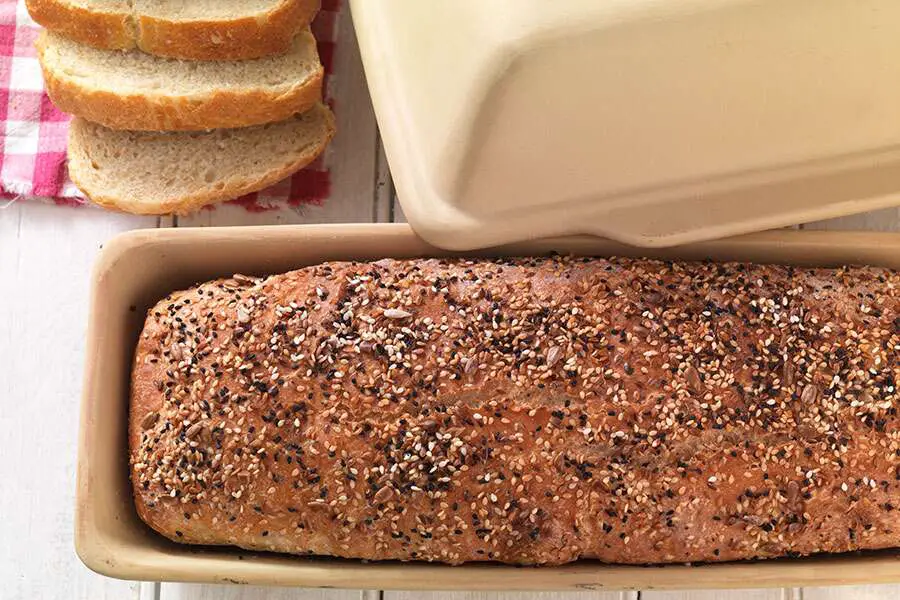Can Boiling Water Really Be Poured into a Plastic Bowl?
There is a general skepticism regarding whether boiling water can be poured safely into a plastic bowl without causing significant damage to the material or putting individuals at risk of chemical contamination. In this article, we aim to explore the topic in-depth by providing scientific insights and practical information regarding safe practices that can be followed when using plastic bowls for hot liquids.
Why People Believe Pouring Boiling Water Into Plastic Bowls Is Dangerous
The primary reason why people are skeptical about pouring boiling water into plastic bowls is due to concerns over chemical leaching. Some advocates relate their concern to Bisphenol A (BPA), an industrial chemical used in carbonless paper receipts and plastics used in food packaging and containers. The U.S Food and Drug Administration (FDA) recommends that consumers avoid exposing silver can linings, polycarbonate plastic containing BPA to high temperatures.
- Which types of plastics are safe for use with hot liquids
The safer plastics for use with boiling water are those marked with a recycling code of #1, #2, #4, or #5. Such plastic types include PET or PETE (polyethylene terephthalate), HDPE (high-density polyethylene), LDPE (low-density polyethylene), PP (polypropylene), and PS (polystyrene). Based on FDA regulations, these plastic types have been studied over decades and determined to be safe for contact with food when manufactured by approved manufacturers.
In particular, PET or PETE plastics with recycling code 1 have raised concerns before due to claims from some quarters that substances may break down therein when exposed to heat, which may cause illness. This claim lacks scientific evidence because commercial-level heating does not cause PET to degrade or release hazardous products.
PP plastics are generally regarded as microwave-safe containers that can handle boiling water sufficiently; in addition, these plates are durable and can maintain temperature stability.
However, plastic types marked with recycling codes #3 (PVC or vinyl), #6 (polystyrene), and #7 (polycarbonate) should not be used for pouring or heating boiling water due to safety concerns surrounding those materials’ chemical makeup.
- Analysis of scientific studies regarding the safety of using these types of plastics with boiling water
Scientific studies conducted by regulatory agencies worldwide indicate that using plastic containers made of safe materials for hot liquids, including boiling water, poses no significant health risks if they are heated within high-temperature limits.
An example is a study conducted in 2015 at the University of Idaho, which found that there was no significant increase in BPA concentration when baby bottles made from polycarbonate were exposed to boiling water for up to two hours.
A similar study conducted by researchers from the University of Cincinnati found that exposure to heat led to more significant levels of contamination compared to cold storage. They also concluded that permissible limits were not exceeded yet and even if it were, the effects were low enough to have any adverse impact on an adult’s health.
- Consideration of other factors that could cause chemical leaching such as repeated use or microwaving
When considering the risks involved when pouring boiling water into a plastic bowl safely, one factor people often forget is how reuse increases the possibility of chemical leaching. Therefore, if you choose plastic bowls for pouring boiling water, it is best to avoid reusing them several times since they may begin degrading, absorbing flavors, and lead to bacterial growth.
Re-heating liquids in plastic food containers in a microwave also poses dangers because the levels of heat involved can elevate contamination risks by up to ten times.
Factors to Consider Before Pouring Boiling Water into a Plastic Bowl
Even with safe plastic types, several factors are crucial in ensuring that your plastic bowl doesn’t end up melting or causing bodily harm, including:
- Plastic quality and type: Some plastics are better equipped to stand high temperatures more than others. Learn the difference so that you don’t pick a low-quality container that can’t handle boiling water without deforming or releasing harmful chemicals.
- The bowl’s thickness: A good practice is always to assess whether the plastic bowl can withstand boiling water without melting or breaking under duress. You should look out for cracks in the bowl that could harbor bacteria, or even if it is too thin to be of any use for pouring hot liquids.
- The heat resistance rating of the bowl: The heat resistance rating of a plastic container reveals how well it holds up under extreme temperatures. If the container is marked as heat-resistant, this indicates that it can hold liquids heated to around 160 degrees Celsius or higher before showing signs of failure.
Advantages of Pouring Boiling Water into a Plastic Bowl
Some advantages exist for using plastic bowls to pour hot liquids, including boiling water. Some include:
- Ease and convenience: Plastic bowls are much lighter compared to ceramic or stainless steel alternatives; they are easy to handle; and they don’t occupy much space when being used or stored.
- Transportation purposes: If you’re carrying hot liquids such as coffee or tea and want to avoid the chances of breaking glass bottles, plastic bowls can make moving around much more effortless.
- Outdoor activities: Plastic bowls have an advantage when you’re outdoors. They are less prone to shattering when dropped and are ideal for outdoor gatherings, particularly in locations where drinking water source is limited.
Disadvantages of Pouring Boiling Water into a Plastic Bowl
Although boiling water can be poured into plastic bowls, some potential dangers exist with this practice:
- Burns from melting or collapsing plastic bowls: If a plastic bowl melts due to an inability to withstand high temperatures, it can result in burns or other injuries to individuals handling the bowl.
- Chemical contamination: Although most safe types of plastics won’t leach chemicals into boiled water if heated within accepted ranges, repetitive microwaving, washing at high temperatures or mixing with hard or sour food could all cause what’s known as plasticizers to percolate into your foods and unwittingly cause harm.
- Risk assessment balancing practicality vs. safety concerns: It’s essential to consider how pragmatic the use of a plastic bowl is before choosing it for hot liquids like boiling water. Advantages such as affordability and convenience may be considerably weighed against disadvantages like possible injury risks or chemical contamination.
Safe Alternatives to Using a Plastic Bowl for Boiling Water
If you prefer not to risk using a plastic bowl for pouring boiling water altogether, several alternatives are available, including:
- Glass bowls: A glass container ensures that no contaminants come into contact with your boiled water while still being able to tolerate high temperatures. They’re also easy to find, safe and environmentally friendly.
- Stainless steel bowls: Stainless steel is considered a safe material for all types of food preparation, so it is good for boiling water. It is non-corrosion and easy to clean.
- Ceramic bowls: Ceramic containers are also ideal for pouring boiling water without risk of contamination or melting. These usually hold heat well, they do not scratch easily, and they come in many eye-catching colors and designs like glass bowls.
Steps to Follow When You Decide to Use a Plastic Bowl for Pouring Boiling Water
If you’ve decided that you want to use plastic bowls to pour hot water or other hot liquids, follow these steps to ensure safety:
- Select high-quality plastic made from safe materials marked with suitable recycling symbols.
- Ensure the bowl’s thickness meets heat resistance requirements, thus minimizing the chances of melting or deformity.
- Avoid microwaving the bowl since exposing it repeatedly to high heat levels can increase the risk of chemical leaching.
- Avoid reusing the same plastic bowl for various types of hot liquids; this lessens the chances of bacteria growth or dissolution of plastic content into your food item.
- Avoid overfilling the plastic bowls so that they don’t deform under pressure and cause burns or other injuries.
Dispelling Common Myths About Boiling Water in a Plastic Bowl
Some myths surround boiling water in plastic containers that can make individuals hesitant about using them. Here are some truths related:
- The claim that all plastics leach chemicals when exposed to heat has no scientific evidence base to demonstrate this as a generalized reality.
- The only confirmed safety risks associated with boiling water in plastic containers are related to containing BPA, which is usually present in polycarbonate plastics that may break down at high temperatures.
Conclusion
In conclusion, it is crucial to emphasize that boiling water can be poured into some types of plastic bowls following specific safe practices. These include careful selection of high-quality plastic types, keeping heat resistance ratings in mind, avoiding reuse or microwaving, and selecting glass or stainless steel alternatives if unsafe plastics are used.
Finally, by balancing practicality with safety considerations and being aware of the risks involved when handling hot liquids such as boiling water, we can make informed decisions that prioritize our wellbeing and improve our quality of life.
Additional Resources
- National Institute of Environmental Health Sciences (NIEHS) – (Recycling codes of plastics that could release harmful chemicals)
- BfR German Federal Institute for Risk Assessment (2020): “Safe use of plastics in contact with food: Comprehensive risk assessments provide protection for consumers,”
- The European Food Safety Authority (EFSA)’s 2010 report on polycarbonate findings
Can boiling water melt a plastic bowl?
No, boiling water cannot melt a plastic bowl, but it can cause the plastic to warp or deform.
What type of plastic can withstand boiling water?
High-density polyethylene (HDPE) and Polypropylene (PP) are the types of plastic that can withstand boiling water without deforming.
Will boiling water leach toxins from plastic into food?
When you pour boiling water into a plastic bowl, there is a slight chance that toxins called bisphenol-A (BPA) might leach into your food. It’s always recommended to use heat-resistant materials like glass or ceramic to prevent this from happening.
Can I reuse a plastic bowl after pouring boiling water into it?
It’s not advisable to reuse a plastic bowl after pouring boiling water into it as it may cause the plastic to weaken, which can lead to cracks and breakage.
